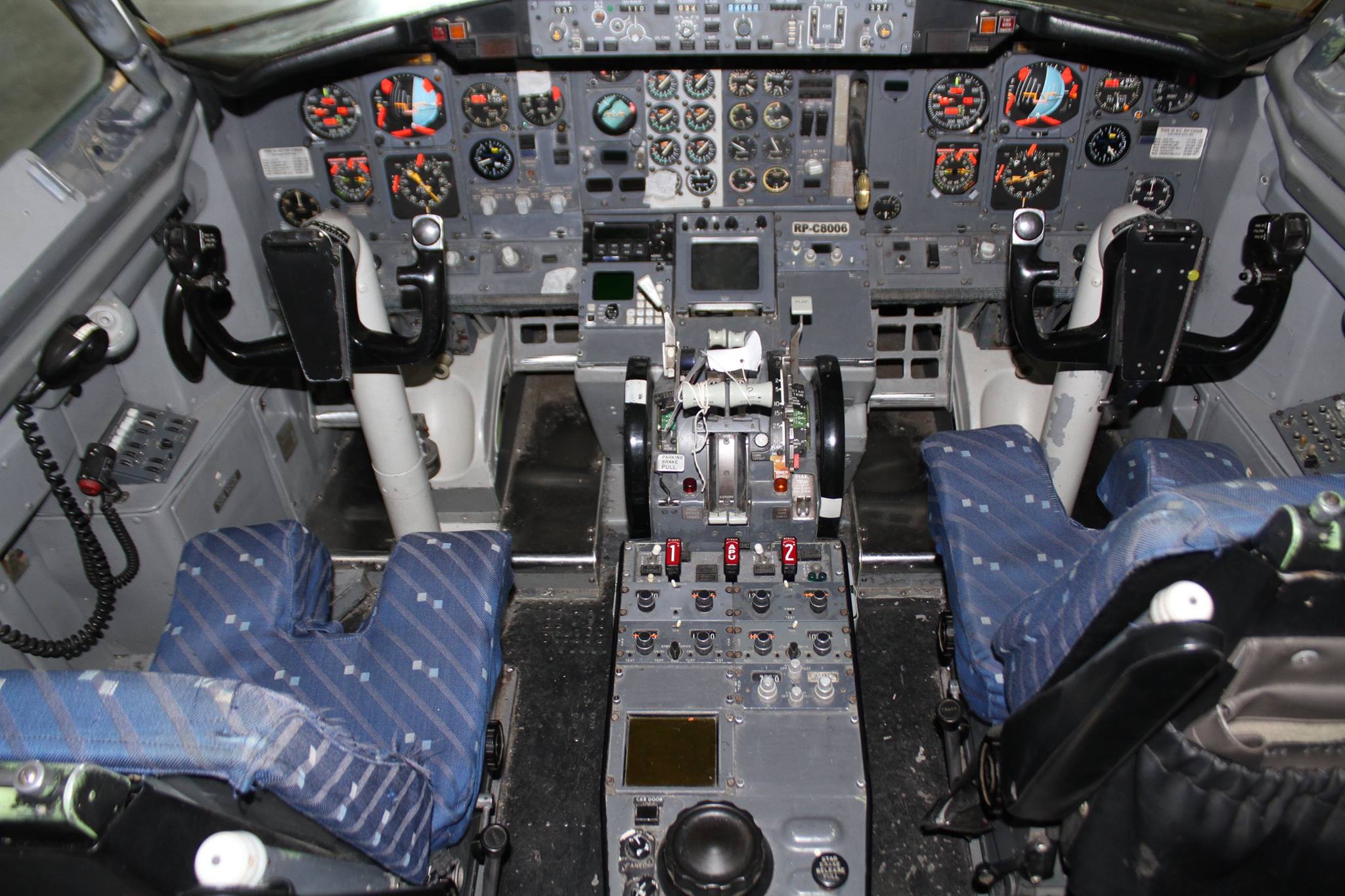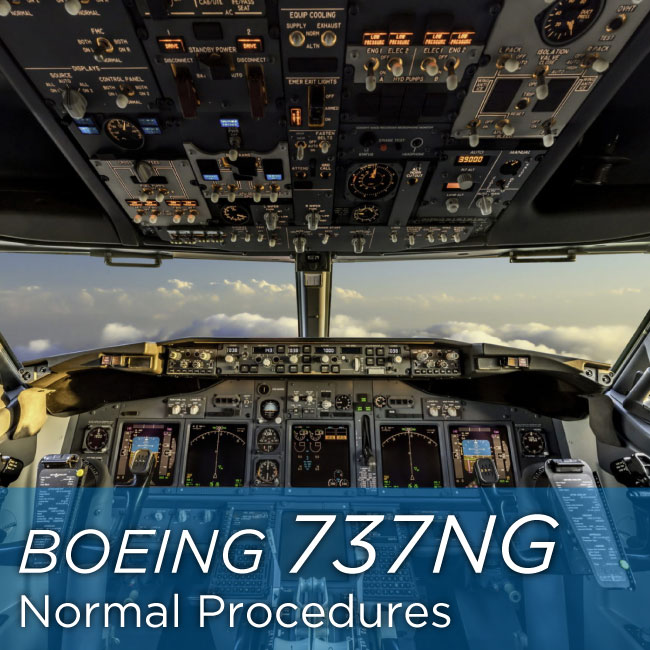

have completed their overhauls, according to the companies. But Krauss said that “even if a blanking incident were to occur,' the units are backed up by multiple redundancies.īoth Delta Air Lines Inc.

In addition, some planes might have been taken out of service due to age.ĭepending on how many planes are still in service, the global number flying with display units that could cause critical data to disappear could be in the hundreds. The lower number reflects the fact that some airlines might have had the work performed at non-Honeywell facilities, and regulators in other regions of the world might not have ordered the units replaced. When asked this week about the progress of the fixes, Honeywell’s Krauss said that 8,000 components had been replaced and fewer than 400 needed upgrading. Honeywell initially told the FAA that 10,100 display units - or the equivalent of almost 1,700 planes - were affected worldwide.

airlines allowed it and, in 2018, Congress barred the use of cellphones for calls during flights. That prompted an outcry from consumer groups concerned about passengers being subjected to the cellphone conversations of seatmates.

The FAA in 2013 began the process of allowing wider use of electronic devices on planes, provided airlines could demonstrate it was safe. “So cellular service is potentially more impactful,' he added. But mobile phones operate at higher power levels, Wilson said, since the signals must reach a cell tower and not just a local antenna or router. Many airlines now permit passengers to turn their phones to “airplane mode,' which allows Wi-Fi transmissions. The greater the number of phones emitting radio signals, he said, the greater the potential for interference with a plane’s flight system.
#Boeing 737 cockpit signals software
Numerous cell phones left on during any airplane flight “could be a real problem,' said professor Tim Wilson, department chair for electrical, computer, software and systems engineering at Embry-Riddle Aeronautical University. Still, the radio-signal threat extends beyond that specific display system and FAA warning. The FAA order didn’t quantify the amount of radio signals needed to cause interference problems. Boeing’s 777s also were covered by the FAA order. Cockpit displays on the Max were made by Rockwell Collins, now a unit of United Technologies Corp., not Honeywell. The affected 737s are the so-called Next Generation model, a predecessor of the Boeing Max, which was involved in two crashes in less than five months. The cause was a software problem that has been fixed and is currently being flight-tested, she said. Honeywell is aware of only one case where all six display units in a 737 cockpit went blank, Krauss said. found the interference in a laboratory test in 2012 and hasn’t seen similar issues on other aircraft, a company spokesman said. When airlines and Honeywell argued that radio signals were unlikely to cause safety problems during flight, though, the FAA countered that it had run tests on in-service planes - and the jets flunked.īoeing Co. Honeywell hasn’t heard of any blanking display screens caused by cell phones or other radio frequencies while an airplane was in flight, spokeswoman Nina Krauss said.


 0 kommentar(er)
0 kommentar(er)
